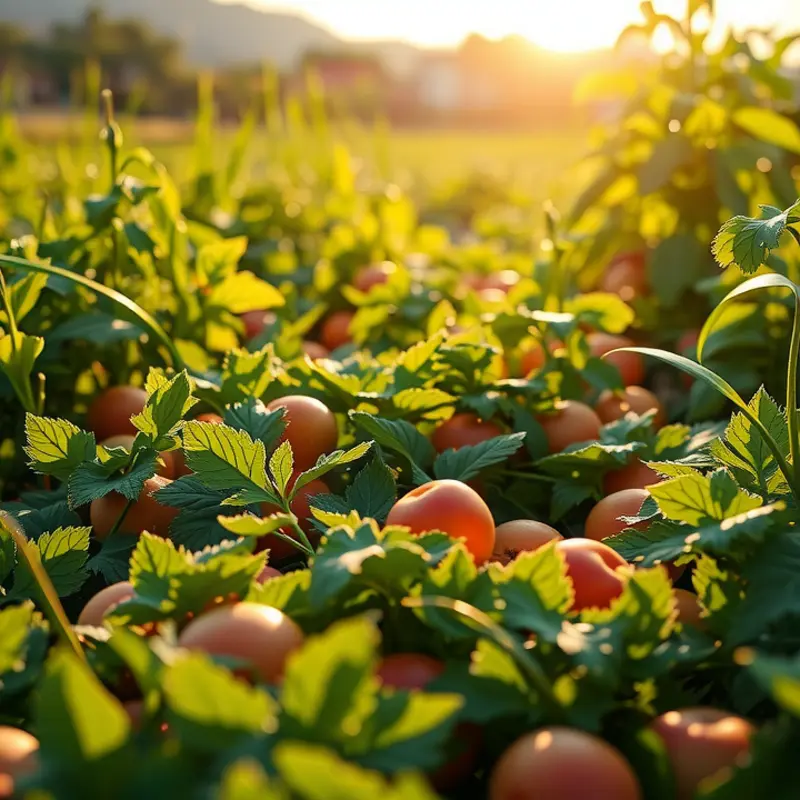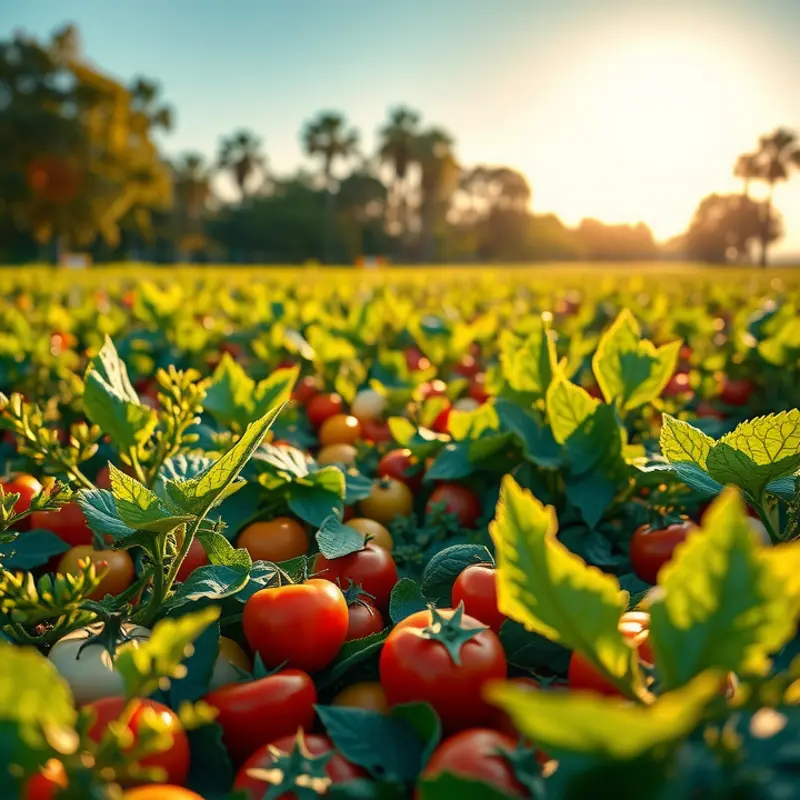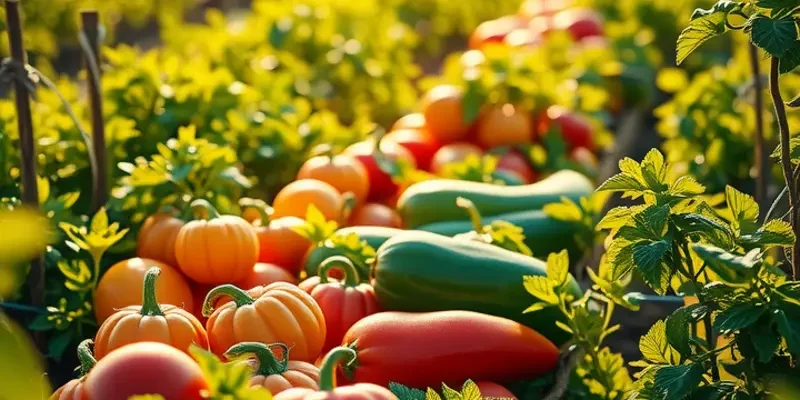Butter is a staple in many kitchens, but there’s a magic that happens when you brown it. This simple technique transforms regular butter into a rich, nutty delight that can elevate countless dishes. Whether you’re a novice or a seasoned home cook, mastering browning butter can take your culinary creations to new heights. Let’s explore how to achieve that perfect golden brown and the best practices to maximize its flavor in your cooking.
Understanding the Basics of Browning Butter

Browning butter, or beurre noisette as it is elegantly referred to in French cuisine, is an essential skill to elevate your cooking. This technique transforms the humble stick of butter into a nutty, aromatic delight that enriches both sweet and savory dishes. Understanding how and why butter browns is crucial to mastering this culinary art.
When you brown butter, you are heating it until the milk solids separate from the fat and begin to toast. The milk solids, primarily composed of proteins and sugars, undergo a series of chemical reactions known as the Maillard reaction. This process not only changes the color of the butter from pale yellow to a golden brown but also unlocks a deep, rich aroma reminiscent of hazelnuts and caramel.
The distinction between regular and browned butter lies in this transformative reaction. Regular butter, while creamy and versatile, doesn’t possess the complex flavors that browned butter provides. The magic happens when you carefully control the heat, allowing the solids to brown without burning. This balance is what sets the stage for dishes with a depth of flavor that’s impossible to achieve with plain butter.
As the butter browns, you’ll notice a symphony of changes beyond just color. The aroma shifts from a mild dairy scent to a robust, nutty fragrance. This aromatic profile can significantly enhance your dishes, making a profound difference in recipes from cookies and cakes to pastas and roasted vegetables. Imagine stirring a tablespoon of this golden elixir into risotto or drizzling it over fresh ravioli—it adds a luxurious layer of taste.
Achieving the perfect browned butter requires attention. Start by melting your butter over medium heat, swirling the pan gently as it melts. This ensures even distribution of heat and prevents the milk solids from settling at the bottom. Once melted, continue to cook until the butter foams and the color changes to golden. You’ll know it’s done when the aroma becomes distinctly nutty. Immediately remove it from heat to prevent burning, and transfer it to a cool bowl to halt the cooking process.
One fantastic aspect of browned butter is its versatility in the kitchen. Its unique flavor profile allows it to enhance both simple and complex dishes. Browning butter is a technique that aligns with the concept of mindful preparation and enhances meal flavors without unnecessary additives. For more ways to enrich your cooking through minimal additions, explore our guide on flavor boosters without salt.
Incorporating browned butter into your cooking routine opens up a world of flavors and textures, inviting you to explore and experiment. Whether you’re elevating a simple pasta dish or crafting a sophisticated dessert, the mastery of browning butter will undoubtedly become one of your most valued culinary skills.
How to Perfectly Brown Butter: Step-by-Step Guide

The journey to rich, nutty brown butter begins with selecting the right butter. For optimal results, choose high-quality, unsalted butter. This allows you to control the salt level in your dish and ensures a cleaner browning process. The milk solids in the butter are what brown and give that distinctive flavor, making unsalted butter ideal due to its purity.
Step 1: Prep Your Ingredients
Ensure the butter is at room temperature for even melting. Begin by cutting the butter into equal-sized pieces. This helps it melt uniformly, preventing early burning.
Step 2: Choose the Right Pan
Use a light-colored, heavy-bottomed pan. The light color allows you to monitor the color change accurately, while the heavy bottom ensures even heat distribution.
Step 3: Heat and Melt the Butter
Set your pan over medium heat. Add the butter pieces all at once to reduce hotspots. As the butter melts, keep stirring with a heat-resistant spatula. Watch for the initial formation of foam on top.
Step 4: Observe the Color and Smell
As the butter continues to cook, the foam will subside. You’ll notice the butter turn clear and then gradually transition to a golden brown. Stir continuously to prevent the milk solids from sticking to the bottom. The aroma will change to a nutty fragrance, signaling that you’re nearing perfection.
Step 5: Check for Doneness
Knowing when the butter is perfectly browned is crucial. The color should be a deep golden brown, not burnt. Remove the butter from heat as soon as the color and aroma reach the desired stage. Continuing to cook past this point risks a burnt, bitter taste.
Step 6: Cooling and Storing
Pour the browned butter into a heat-proof bowl immediately to halt cooking. Let it cool at room temperature before transferring to an airtight container. Store in the refrigerator for up to a week. For longer storage, freeze the browned butter in small portions. This tip minimizes waste and ensures you always have a flavorful boost on hand. For more about effective storage, visit this guide.
Incorporating Browned Butter Into Dishes
Browned butter elevates both savory and sweet dishes alike. Drizzle it over steamed vegetables or use it as a base for sauces, adding complexity to your meals. It also enriches baked goods—consider substituting it in cookie recipes for an extra dimension of flavor.
Understanding the nuances of browned butter can transform simple dishes into extraordinary culinary experiences, highlighting its versatility and depth. Perfecting this technique unlocks a realm of possibilities, making it an invaluable skill in any kitchen. Enjoy experimenting by pairing browned butter with dishes that naturally embrace its deep, nutty profile.
Final words
Browning butter is a delightful technique that can dramatically enhance the flavors in your cooking. With just a bit of practice, anyone can create that golden, nutty addition to countless dishes, from savory sauces to sweet desserts. Remember to keep a close eye on your butter as it cooks—it can go from perfect to burned in seconds. Enjoy experimenting with browned butter; it’s sure to become a favorite in your kitchen. Embrace the rich taste and let your culinary creations shine!







